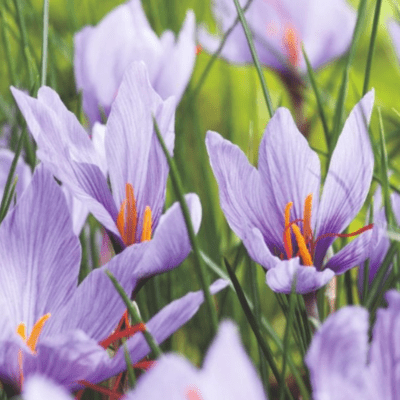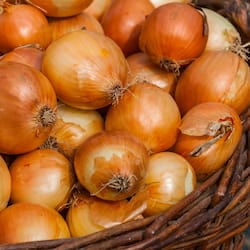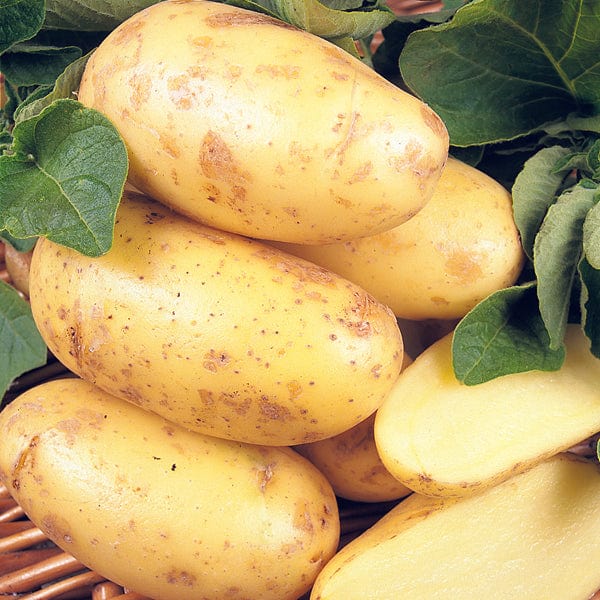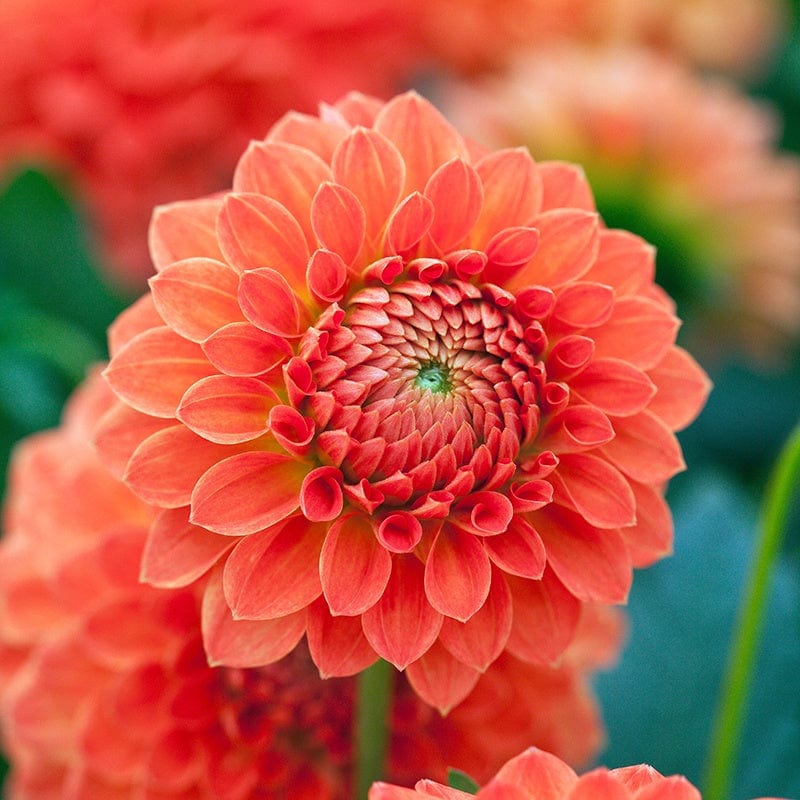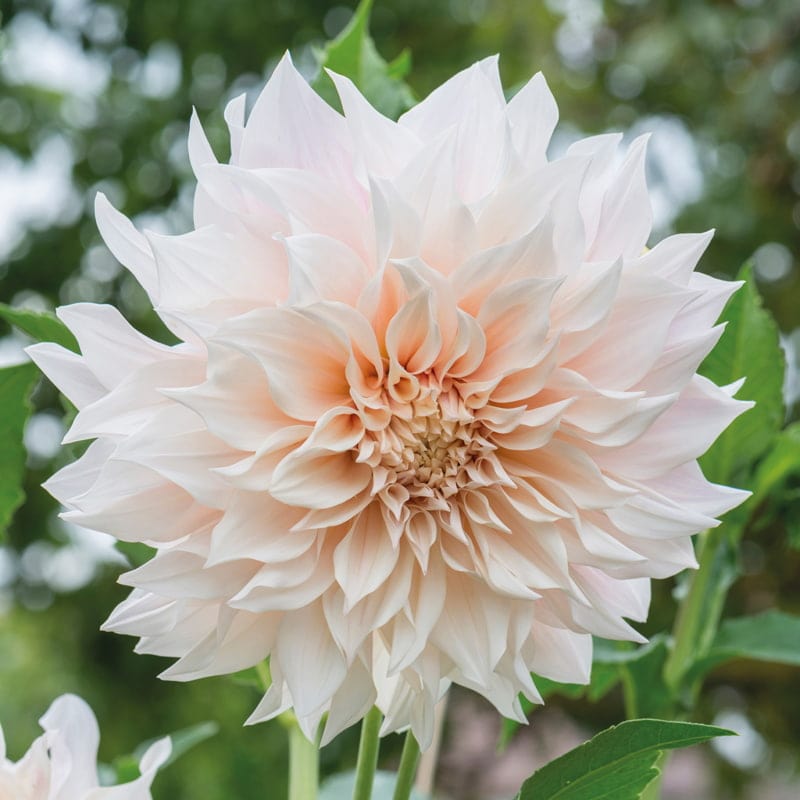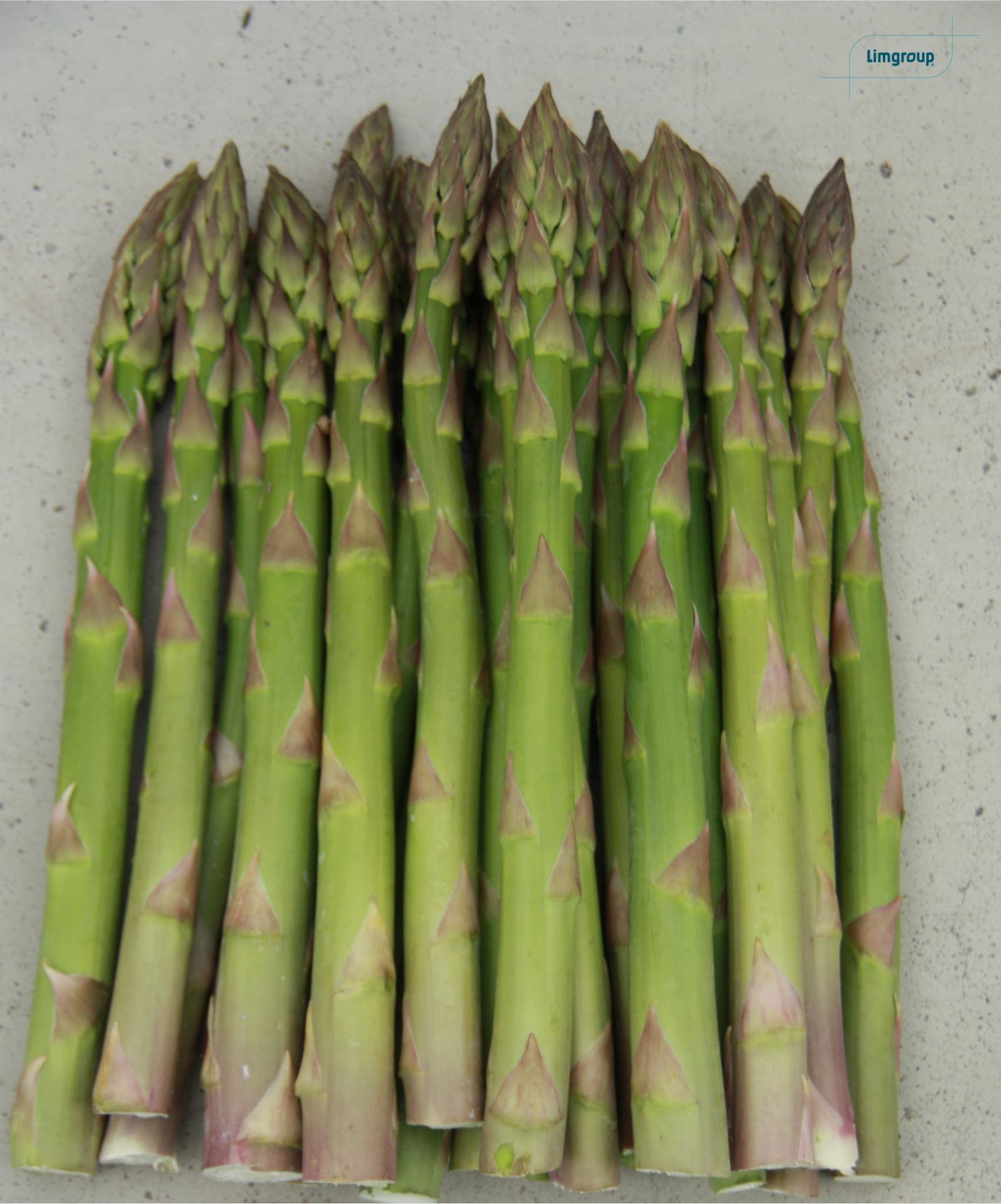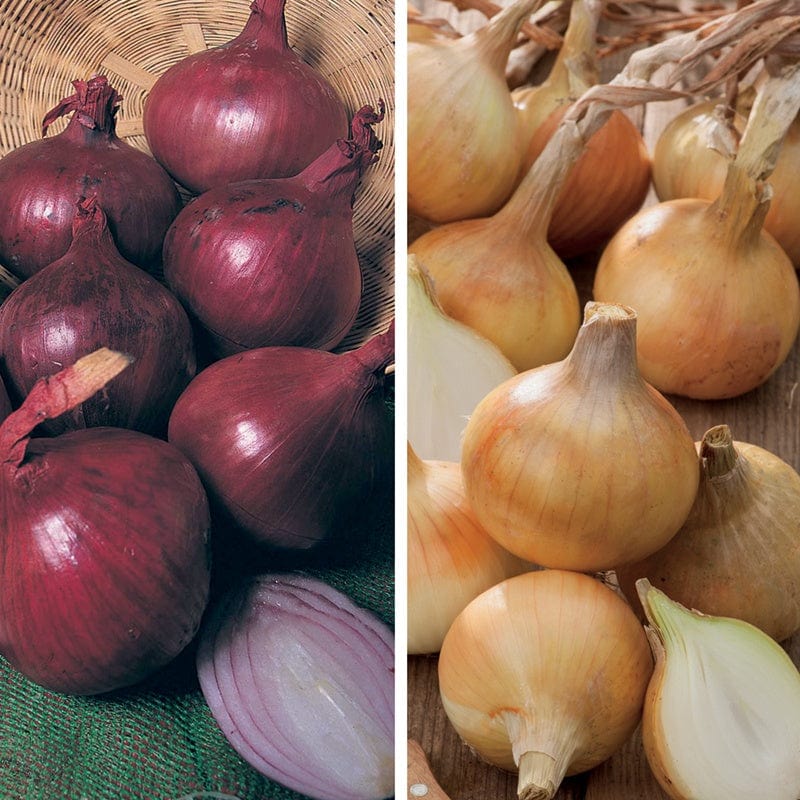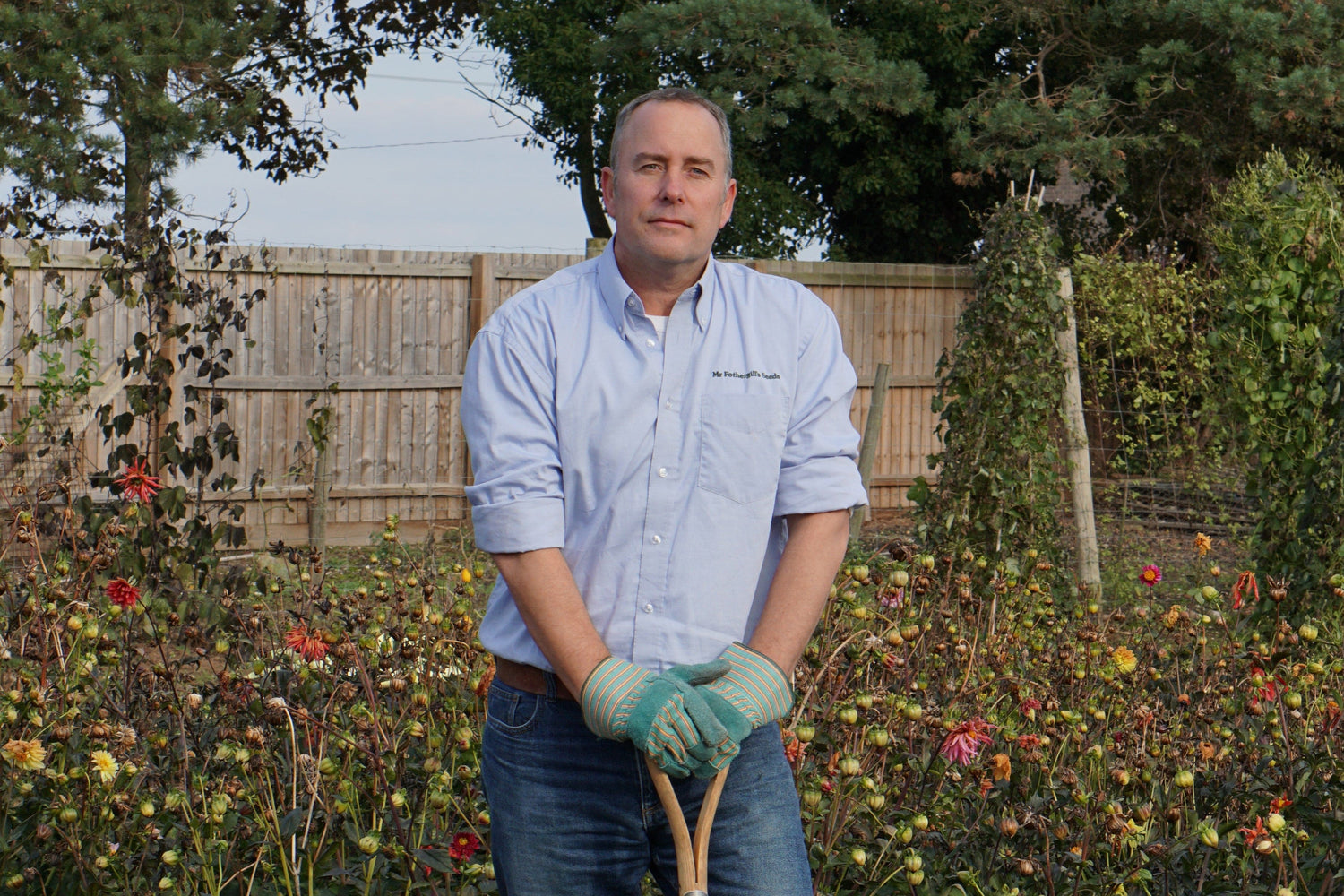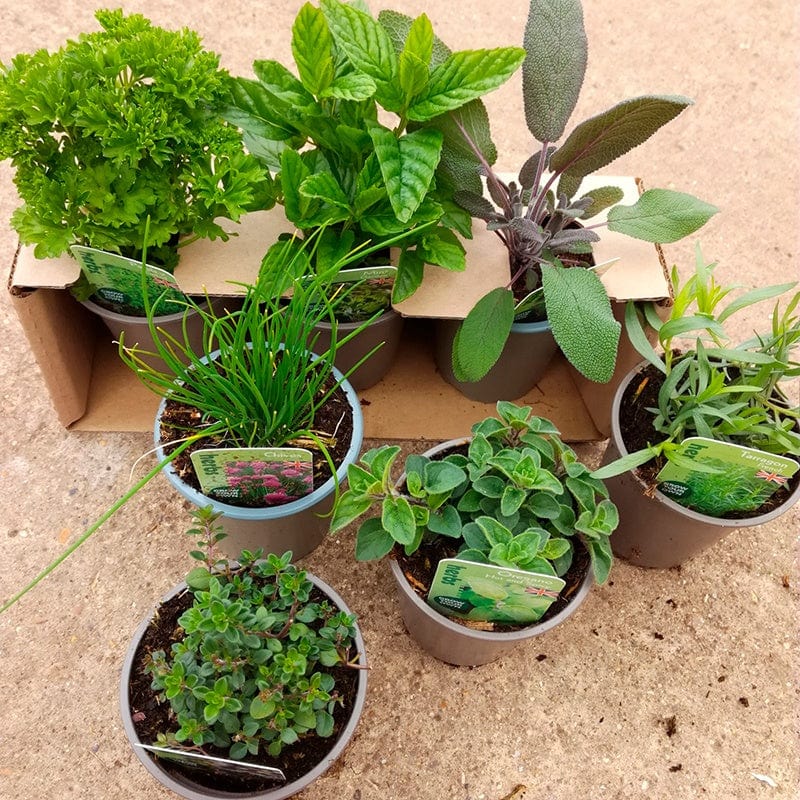Taking good care of your dahlias is important for maintaining their health and beauty! So don’t forget about them once they’re in the soil; there’s still plenty more gardening to be done.
Feeding
Dahlias love a good meal - it takes a lot of energy to look that good, after all! We recommend using a feed once a week during the earlier stages of growth. By the end of June, your flowers should be ready for a weekly meal of fertiliser until around the beginning of autumn.
Deadheading
The gardening world is a brutal one, and sacrifices must be made for the greater good! If you notice any of your dahlias fading or dying, it’s best to deadhead them. This allows your plant to focus its energy elsewhere and produce other blooms.
Cutting
When you’ve worked this hard to plant and care for your dahlias, of course, you’re allowed to show them off! One of the most rewarding parts of growing flowers is taking cuttings and displaying them around the home. So let’s find out how to take dahlia cuttings, shall we?
Select your flowers and cut their stems at the node. Your next step is to remove any leaves that would sit below the water level in your vase. Pick out your best vase and showcase your colourful blooms in your interior. If you’re feeling especially generous, you could even gift a bouquet to your loved ones!
Stalking
As your dahlias grow, they may need a little support - especially if you’re living in a windier area near the coast. Stalking is a great way to support your plants and help them stand tall. We recommend using twine and bamboo sticks.
Pests and Diseases
Pests like slugs, aphids and caterpillars tend to be attracted to dahlias - who wouldn’t be? So you’ll need to take the necessary precautions to protect your blooms. You could choose to make a barrier, or use an insecticide or a repellent to make sure the bugs know that your flower beds are no all-you-can-eat buffet.
Dahlias can also suffer from diseases like powdery mildew. This can be avoided by keeping your soil moist and your flowers watered. It also helps to make sure they’re well-ventilated to reduce the possible spread of disease.

 Soil Preparation
Soil Preparation
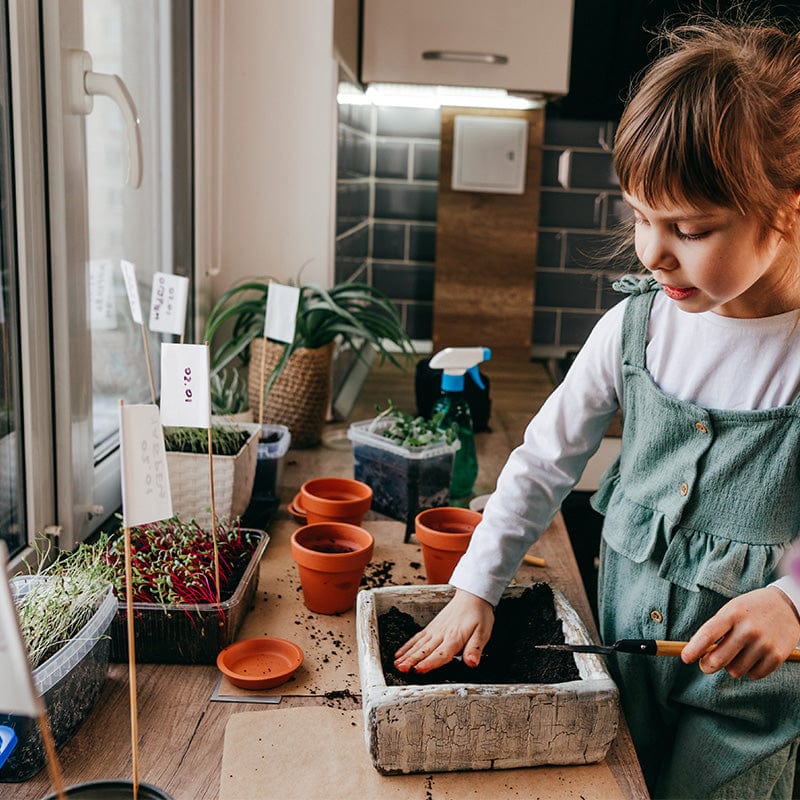
 Sowing
Sowing

 Plant Care
Plant Care
 Soil Preparation
Soil Preparation
 Sowing
Sowing
 Plant Care
Plant Care

















